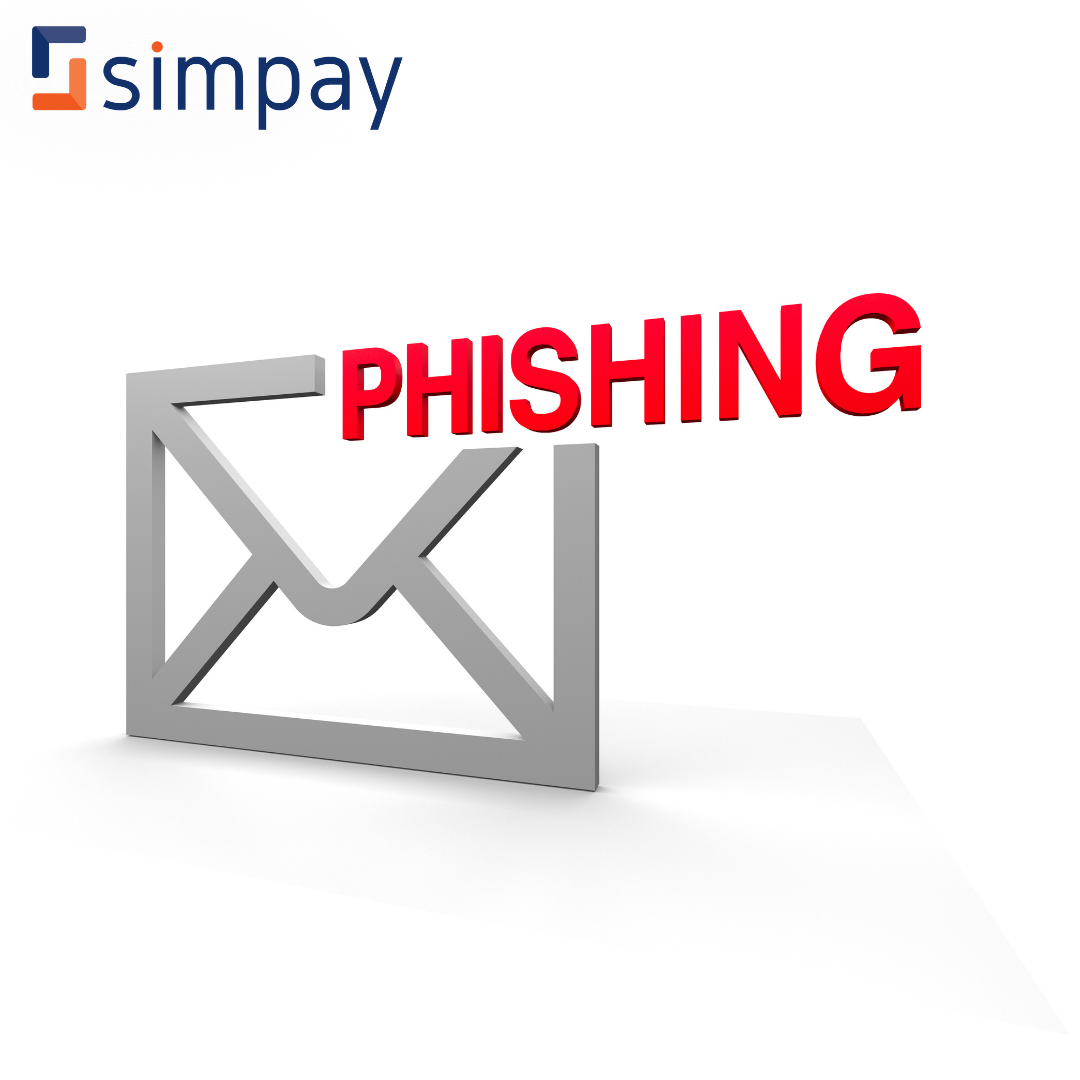Phishing: How to Protect Your Business from Cyber Attacks

Discover essential strategies to shield your business from the devastating effects of phishing attacks.
Understanding Phishing and Its Impact on Businesses
Phishing is a deceptive attempt to acquire sensitive information such as usernames, passwords, and credit card details by pretending to be a reliable entity in electronic communications. These types of attacks are not just nuisances; they can lead to significant financial losses, damage to a company's reputation, and the compromise of sensitive data.
Businesses that fall victim to phishing scams may face legal repercussions, customer trust issues, and operational disruptions. It's essential for business owners to understand the gravity of these threats and actively work towards mitigating them.
Key Techniques Used by Phishers to Target Companies
Phishers employ a variety of techniques to deceive their targets. Common methods include email spoofing, where the attacker sends emails that appear to come from a trusted source, and spear phishing, which involves highly targeted and personalized emails aimed at specific individuals within an organization.
Other techniques include smishing (phishing via SMS), vishing (voice phishing), and using malicious websites that replicate legitimate sites to trick users into entering their credentials. Understanding these methods can help businesses better prepare and protect themselves.
Proactive Steps to Educate Your Employees about Phishing
Employee education is a critical component of any anti-phishing strategy. Regular training sessions should be conducted to inform employees about the latest phishing tactics and how to recognize them. Simulated phishing attacks can be an effective way to test and reinforce this knowledge.
Encouraging a culture of skepticism and teaching employees to verify the authenticity of unexpected requests for sensitive information can significantly reduce the likelihood of successful phishing attacks. Ensuring that employees know how to report suspicious emails or messages is also crucial.
Implementing Robust Security Measures Against Phishing Attacks
To bolster defenses against phishing, businesses should implement multi-factor authentication (MFA) to add an extra layer of security. MFA requires users to provide two or more verification factors to gain access to a resource, making it harder for attackers to gain unauthorized access.
Regularly updating and patching software, using email filtering solutions, and employing endpoint protection can further enhance security. Ensuring that all systems are up-to-date and protected against known vulnerabilities can prevent many phishing-related breaches.
Monitoring and Responding to Phishing Threats Effectively
Constantly monitoring for phishing threats is essential for early detection and response. Implementing threat intelligence and monitoring tools can help identify and mitigate phishing attempts before they cause significant harm.
Having a well-defined incident response plan ensures that your business can quickly and effectively react to a phishing attack. This plan should include steps for containment, eradication, recovery, and communication. Regularly reviewing and updating your response strategies will keep them effective against evolving threats.
